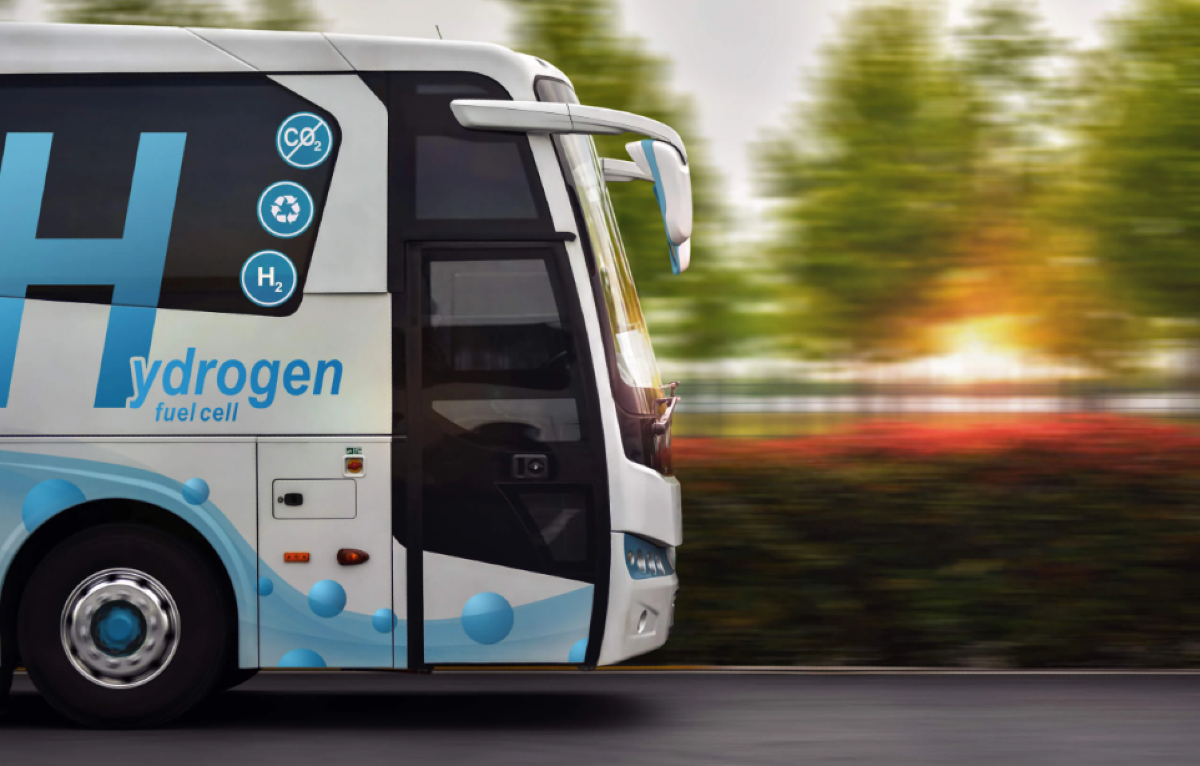China may soon overtake Japan as the leading player in hydrogen-related technology, according to the latest report from a Japanese research firm, Astamuse.
Japan-based firm Astamuse has recently come up with a list of nations, ranked according to how competitive their hydrogen technologies are between 2011 and 2020.
The research was based on information such as expiration dates, the number of times their patents were referenced in applications with a similar structure, and other statistics. The report said that “the 2020 figures were based on preliminary data.”
Japan ranked first in the list owing to its superiority in fuel-cell patents, which are essential for hydrogen powering factories, homes, and automobiles. However, given China’s rapid expansion in this area, it is uncertain whether Japan will be able to maintain its lead.
According to the report, Japanese companies and academic institutions submitted 34,624 patent applications for hydrogen-related technologies between 2011 and 2020. Despite being the highest of any nation, this figure decreased by almost 30% between 2001 and 2010.
On the other hand, China surpassed the United States, South Korea, and Germany to take second place with 21,235 patents. This was an increase of roughly tenfold between 2001 to 2010 when it was ranked fifth.
Under its five-year plan, which began in 2011, Beijing pushed for an increase in Chinese patent applications, and local governments provided subsidies to support the initiative.
Additionally, China outperformed Japan in four of the five hydrogen-related technology categories that Astamuse evaluates: manufacturing, storage, safety controls, and transportation, the report noted.
Even though Japan continues to lead the way in demonstrating cutting-edge technology, Chinese research institutions actively file patents across various fields.
“Chinese patent filings have increased dramatically since the mid-2010s,” said Daisuke Ito at Astamuse. “There is a good chance it will eventually overtake Japan in all hydrogen-related fields.”

Japan’s Dominance In The Field
Japan wants to switch a significant portion of its energy needs to hydrogen-based power. Tokyo’s industrial behemoths are building ships, gas terminals, and other infrastructure to make hydrogen a considerable part of daily life.
In 2014, Toyota Motor became the first automaker in the world to commercialize the fuel-cell vehicle technology it had been developing for the past three decades. By 2020, it had increased its driving distance by roughly 30%.
The largest power generation company in Japan, JERA Co., intends to cut carbon emissions by adding the hydrogen compound ammonia to its coal-fired plants. In May 2021, JERA Co. inked an MOU with one of the largest ammonia producers, Yara, in the world.

Since Japan lacks the domestic resources necessary to produce hydrogen, the technology to transport hydrogen has also received much attention. The Suiso Frontier, the world’s first liquefied hydrogen carrier, was built by Japan’s Kawasaki Heavy Industries (Kawasaki).
J-Power, formerly known as Electric Power Development, is constructing an international hydrogen supply chain with Iwatani and Kawasaki Heavy Industries. The carrier is part of a trial project to produce hydrogen from brown coal in Australia.
The carrier, marked with the letters “LH2” in blue and black, sailed from Japan in December 2021 and arrived in Australia in January 2022.
The 380-foot long liquid #hydrogen vessel ? #SuisoFrontier was back in Japan ?? on February 25th, after a 3-weeks journey to Australia to demonstrate that #H2? is a future alternative carbon-free fuel.
Destination: #sustainable future!?
— cH2ange (@cH2ange) March 2, 2022
In Victoria, Australia, the ship was filled with liquefied hydrogen produced from coal, and it came back to Japan in February 2022, unloading the cargo into a landside storage tank.
According to Astamuse, eight of the top 20 most competitive businesses and organizations in the world for hydrogen technology are based in Japan.
The top spot went to Toyota. Honda Motor, Nissan Motor, NGK Insulators, Panasonic, and Kyocera were also on the list because they have patents on related components and materials.
China’s Efforts To Boost Hydrogen-Related Tech
On March 23, China published the first-ever long-term plan for hydrogen, covering 2021 through 2035. The plan outlined a step-by-step strategy for building a domestic hydrogen industry, mastering technologies, and developing manufacturing capabilities.
The long-term plan builds on the visions and goals for hydrogen that have been included in several recent documents, like the 14th Five-Year Plan (2021–2025). That identifies hydrogen as a “frontier” area and one of the six industries for focused advancement.
China’s government projects that by 2025, it will have a fleet of 50,000 hydrogen-powered vehicles and produce 100,000 to 200,000 tons of renewable hydrogen annually.
By 2035, it hopes to create a hydrogen ecosystem across several industries. The emphasis reflects the nation’s desire to fill the expertise, experience, and infrastructure gaps in the current low-carbon hydrogen production process.
China is expanding its production and consumption of low-emission hydrogen to help meet energy demands while decarbonizing its economy. China’s manufacturing industry, especially the energy-intensive cement and steel production, contributes significantly to the country’s emissions.
Oxygen must be removed from iron ore to produce pure iron. Traditionally, this has been accomplished through coal or natural gas, which emits a significant amount of CO2. However, hydrogen can be used to replace fossil fuels in steel production.
The advantages of domestic green steel are twofold for China. In addition to lowering overall emissions, it would also lessen China’s dependence on iron ore and coking coal imports from countries like Australia.
- Contact the author at ashishmichel@gmail.com
- Follow EurAsian Times on Google News




